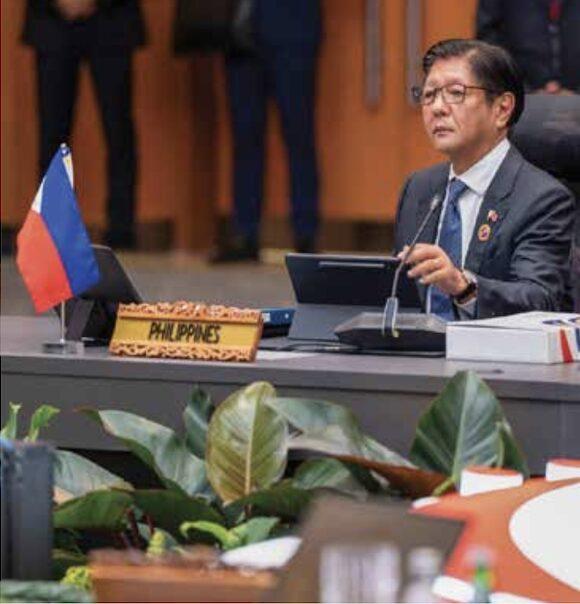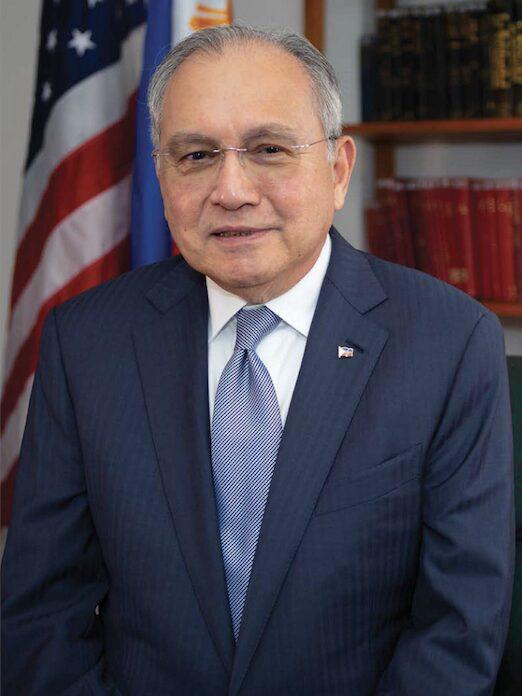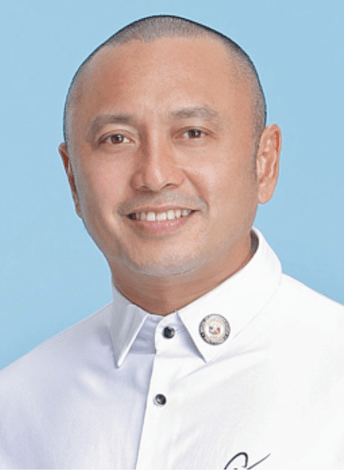EUROPE’S premier geosciences union awarded its Plinius Medal to a leading natural disaster expert, Dr. Alfredo Mahar Lagmay, in Vienna, Austria on April 15th.
Dr. Lagmay has been honored for his “outstanding interdisciplinary natural hazard research and natural-disaster engagement in the Philippines, particularly with respect to volcanic hazards, earthquakes, typhoons, landslides and floods,” the European Geosciences Union (EGU) said.
Lagmay is the head of the Philippine Department of Science and Technology’s (DOST) Nationwide Operational Assessment of Hazards, a project that combines science and technology for disaster risk and management.
The esteemed Filipino scientist teaches at the National Institute of Geological Sciences of the University of the Philippines (UP), which also gave him the Alumni Association Distinguished Alumni Award in Disaster Mitigation in 2014.
“It is a reassurance that the science we do in DOST-Project NOAH is of international standard, and considered an example of best practice in disaster risk reduction (DDR),” Dr. Lagmay said.
The Nationwide Operational Assessment of Hazards, or NOAH, is the government’s newest project designed to help address the perennial problems brought by lack of information and wrong decisions in the face of natural disasters. It was designed a few years ago to bring about awareness and education, in collaboration among various government agencies and private groups.
“The President instructed the Department of Science and Technology to put in place a responsive program to address our problems with disasters,” Dr. Lagmay said in 2012. “NOAH basically wants to deliver accurate, reliable, and timely information that’s to empower communities.”
The website shows an overview of the project’s major aspects of study, from weather to flash floods, and through sensor-technology it delivers the latest up-to-date information about weather-related disasters; including earthquakes, landslides, and tsunamis.
As part of the award, Dr. Lagmay also delivered a lecture on April 16 in Austria on the DOST-Project NOAH’s high-resolution hazards mapping project.
The prestigious Plinius Medal, named after the Roman author Gaius Plinius Secundus, author of the encyclopedic work Naturalis Historia (Natural History), the award recognizes outstanding interdisciplinary natural hazard research. The EGU recognized the Dr. Lagmay’s field of work, including his studies on geohazards, flood risks, and storm surges, which it considered helpful in saving lives and preserving property.
Lagmay, who holds a PhD in geology from the University of Cambridge, has provided helpful analysis on major disasters in the Philippines—including the Guinsaugon landslide, the active Mayon Volcano eruptions, and super typhoons Ondoy (Ketsana), Sendong (Washi), Pablo (Bopha), and Yolanda (Haiyan).
His study entitled “Typhoons: Storm-surge models helped for Hagupit” discussed the ways in which the Philippine government learned from the mistakes of past disasters, particularly Typhoon Yolanda and Ruby (Hagupit), and was recently published in the international journal Nature.
“The inspiration for this correspondence in Nature is the story about Daram,” Lagmay said. “No amount of science will work in disaster risk reduction if people do not embrace it.”
Daram, a small coastal town in Samar that successfully weathered Typhoon Ruby, is an example of organized natural disaster response and preparedness, along with timely early warning information from NOAH and the state weather bureau PAGASA.
Lagmay said the application of scientific knowledge represents only a small part in disaster mitigation efforts.
“The bigger part is about education to change the mindset of Filipinos to take seriously hazard information they are given,” he said.
Effective hazards prevention and mitigation, he added, is about preparing long before a disaster strikes.
Among other natural hazards, an average of 20 different typhoons hit the Philippines every year, constantly threatening its developing economy and growing population, and endangering millions who live in vulnerable areas.
“Hopefully, Project NOAH will help lead a culture of safety, with people more conscious about disasters and how to confront and address the challenges we face. That’s the only way by which a good and effective disaster management and mitigation program would work.”
(With reports from Rappler)
(www.asianjournal.com)
(LA Weekend April 18-21, 2015 Sec. A pg.9)






